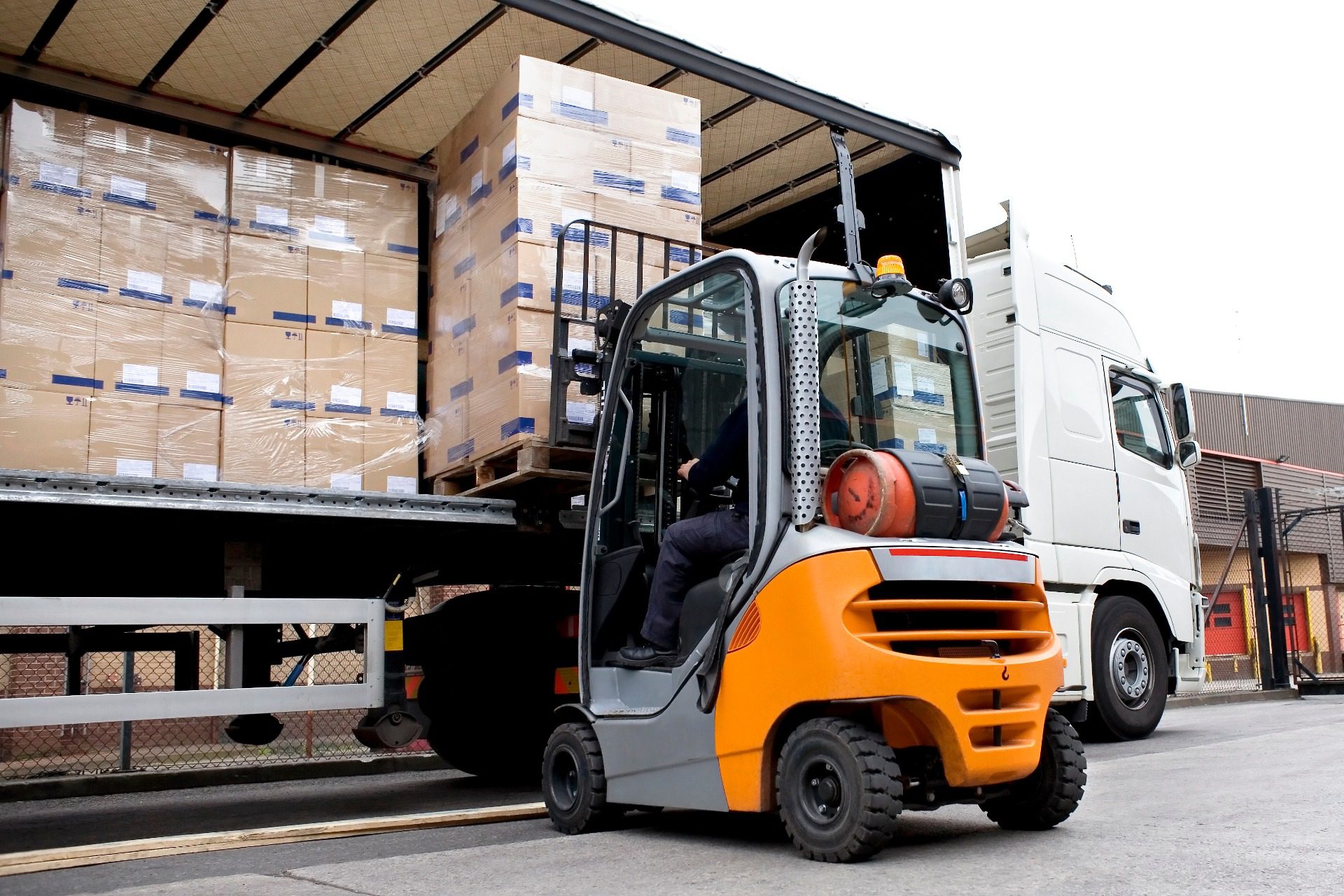Warehouse kitting is an essential part of the order fulfillment process for eCommerce businesses today. Kitting allows brands to streamline operations and reduce costs by combining multiple, similar items into one kit or package.
Kitting has many benefits, including increased efficiency, improved order accuracy, maximized profit, and reduced customer wait times. Learn more about a kitting definition here, as we delve into the benefits of kitting in warehouse operations so you can see if it’s something you should consider.
What is Kitting?
Kitting is a component of the order fulfillment process that lets you package more than one item into single shipments for faster, cheaper, and more efficient shipping.
The full kitting meaning involves individually grouping items into one package for shipment, which helps reduce costs, increase sales, develop processes, and improve packaging and shipping.
Types of Kitting
There are two main types of kitting: logistics and warehouse kitting.
Logistics kitting involves grouping products for delivery from a manufacturer to a retailer or distributor.
Warehouse kitting involves packaging items for direct-to-consumer shipments.
Kitting in logistics
Logistics kitting sends goods from manufacturers to retailers or distributors in bulk.
This type of kit generally includes several different products grouped based on size, weight, shape, or other factors. Kitting allows items to be sent out as one shipment instead of individually packaged items.
Logistics kitting can save manufacturers on shipping costs since they won’t need to pay for separate packages for each item being sent. It can also reduce time and resources spent packing orders since multiple items can be bundled together quickly and easily before being shipped.
Kitting in warehouses
Warehouse kitting is packaging individual items into kits ready for direct-to-consumer shipments. This allows products to move directly from warehouses or distribution centers to homes or businesses without going through other intermediaries like retailers or distributors.
These kits can contain several related products that are generally purchased together. For example:
- Accessories with electronics like chargers and cables
- Clothing sets like shirts and pants
- Food kits
- Starter kits
- Different flavor trial kits
- Items that get marketed together
Kit on Demand vs Pre-Kitting
There are some distinct differences between kitting-on-demand and pre-kitting. The first, which involves a picker assembling the kit “on demand” (that is, when a customer orders), is more labor-intensive and time consuming.
Pre-kitting, by contrast, can be cost-beneficial in that it simply requires a picker getting a ready-to-ship kit from the warehouse and shipping it.
Kitting vs Bundling
Kitting and bundling are both popular order fulfillment strategies used by eCommerce businesses. Each involves packaging multiple items together, but critical differences between the two can significantly affect how efficiently orders are fulfilled.
Kitting combines individual products into one “kit,” or package, for sale to customers. Kitted items can be sold as-is or customized with additional components like instructions, labels, gift wrapping, etc. Kitting aims to reduce costs associated with picking and packing individual products separately while still providing customers with an attractive product offering.
Bundling, however, involves a similar grouping of products for sale at a discounted price compared to buying them individually. Bundles will include related items that complement each other well. For example, a bundle might consist of the following:
- Shampoo and conditioner from the same brand
- A set of kitchen utensils like spatulas, spoons, and tongs
By purchasing bundles instead of individual items, consumers get more value. At the same time, retailers increase sales volume by incentivizing larger purchases at once.
What Are the Benefits of Kitting?
Kitting helps with the organization while reducing costs, increasing sales, developing processes, and improving packaging and shipping.
Major benefits of kitting include:
- Organization
- Reduced cost
- Increase in sales
- Development of processes
- Improved packaging and shipping
- Enhanced customer experience
Organization
Kitting lets brands organize inventory by grouping similar products in kits or bundles. This makes it easier to locate items quickly when fulfilling orders. It also ensures that all kit components are included in each order without manually checking every item before packing them up for shipment.
Reduce cost
By kitting products together instead of shipping them individually, brands can save on labor costs for picking and packing multiple items separately. There’s also the potential for savings on shipping costs when sending fewer total packages. Additionally, kitted products require less storage space than separate parts, so there can be savings on reduced warehouse rental fees too.
Increase sales
Bundling related products into one kit encourages customers to purchase more at once. Because they get a better deal than buying items separately, there’s a better chance of more being bought.
For example, selling phone cases and screen protectors together can mean higher sales. Many customers don’t want to deal with the hassle of trying to find compatible accessories or paying extra shipping charges for two separate orders.
Develop processes
Having standardized kits makes it easier to assemble packages before shipment. It means you – or anyone else preparing items for shipment – knows exactly what to include in each kit without any guesswork. The processes you can implement when using kitting will save time and ensure accuracy. Additionally, using barcodes on your kits drastically simplifies tracking shipments.
Improve packaging and shipping
When products are grouped into one package, you can eliminate the need for additional packaging. Less packaging means reduced waste and saving money on packaging supplies. Not to mention, lighter packages mean lower shipping rates, translating directly into cost savings over time.
The Kitting Process
Kitting groups products together to be shipped as a single unit, allowing for faster, more efficient shipping while reducing the cost of packing and shipping multiple items separately.
Step 1: Selecting products for kitting
The first step in kitting is selecting which products to group together. Think about how items will fit together in terms of size, weight, shape, etc. so they can all be packaged safely and securely within the same box or container. It’s also important to consider what packing material will work best for your product combination.
Step 2: Assembling kits
Once you’ve selected the products you want to include in each kit, it’s time to assemble. Depending on your needs, this could involve manually assembling each kit by hand or using automated equipment such as conveyor belts or robotic arms. If manual assembly is required, it’s important to ensure all items are properly packed before moving on to the next step. If anything comes loose during transit, it could damage or delay orders.
Step 3: Packaging and labeling kits
The final step before sending out orders is sealing and labeling kits correctly. This ensures products arrive at their destination safely and without delay. To do this effectively, you must choose appropriate packaging materials – like bubble wrap or other filler – based on size/weight/shape requirements. Then, to complete the process
- Label each item clearly with its contents
- Affix barcodes where necessary
- Seal packages securely
- Provide additional information (such as return addresses)
Once you complete these steps, your kitted items are ready for shipment.
Kitting Services
Kitting services from third-party logistics providers like ShipCalm make it easy for eCommerce business owners who ship products directly from a warehouse. Kitting can eliminate the manual labor involved with creating custom kits while reducing costs. As a result, shipments arrive quickly and accurately, every time.
Start Kitting Today with ShipCalm
ShipCalm offers kitting services for eCommerce businesses, so you can streamline your operation, increase sales, and save time packing orders. Take your order fulfillment processes up a notch today with ShipCalm’s comprehensive warehousing kitting solutions.
From simple kits with just a few items per box to complex assemblies requiring hundreds of parts per unit, let us help so every order reaches its destination safely and securely while saving you money.
Reach out today for pricing information and to learn how warehouse kitting and ShipCalm can help your eCommerce business succeed even further.




